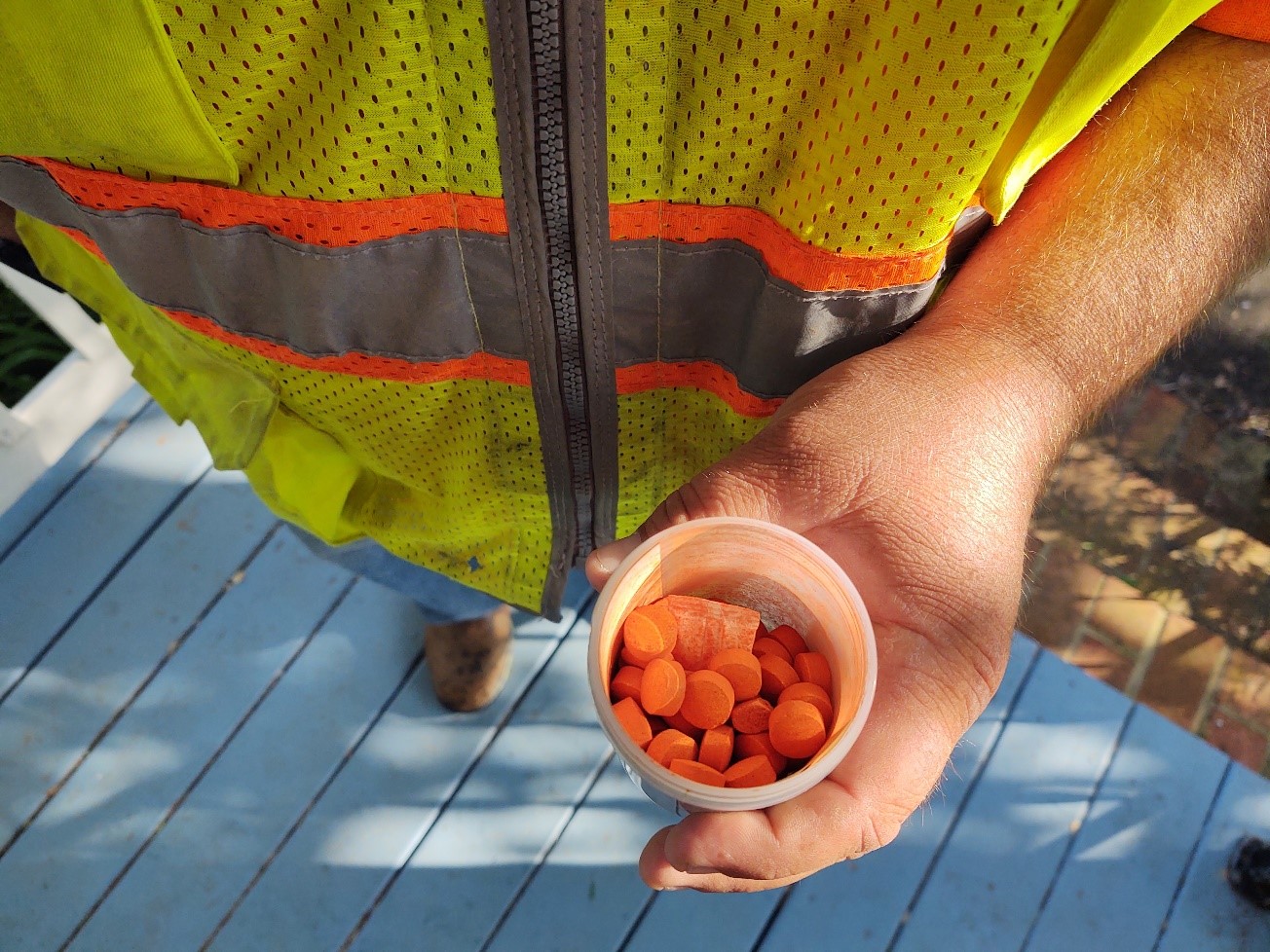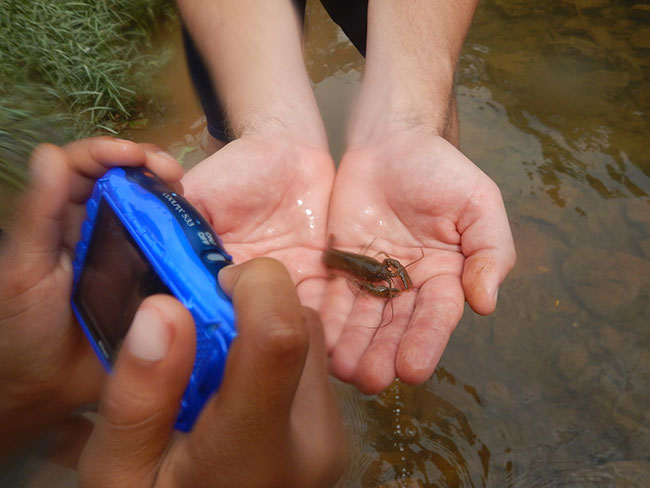Latest Stories...
RRBC Executive Committee Meeting Packet
RRBC Executive Committee Packet 10.24.24

Filming the Culvert: An Update on Meade Creek
I live next to Meade Creek where the stream flows into a culvert underneath Chesapeake Street. It seems as if I hear the water when the windows are open, though the sound is faint on the average day, too faint to register with any definition, but comforting nonetheless. Before the City improved the drainage, I used to enjoy watching the creek rise in a storm. It would churn and escape its banks and threaten to reach the house, though it never did.

Watershed Filmmaking and Mapping
I live next to Meade Creek where the stream flows into a culvert underneath Chesapeake Street. It seems as if I hear the water when the windows are open, though the sound is faint on the average day, too faint to register with any definition, but comforting nonetheless. Before the City improved the drainage, I used to enjoy watching the creek rise in a storm. It would churn and escape its banks and threaten to reach the house, though it never did.
Follow us on Facebook...
The Rivanna River Forest Health and Resilience Project is getting underway! This community-based, collaborative effort aims to improve riparian forest health through the management of high-risk invasive plants and the planting of new native trees. The effort will make on-the-ground improvements in forest health and resilience along the Rivanna River, as well as motivate and support the wider Rivanna watershed community to take action on these issues. The Thomas Jefferson PDC is excited to be working as part of a partnership with other nonprofit, local government, community partners, and technical experts on this project. Visit www.rivannariver.org/foresthealth for more information about this project.
Mark your calendars - Rivanna RiverFest is back! Join RCA and partners for the annual celebration of the Rivanna River!
Yes – really! You only need 15 oz. of salt (about one coffee mug) for every 20 ft. of the driveway for #SmartSalting. Using more doesn’t help ice melt faster. It’ll only wash away into our fresh streams and rivers. Remember, salt works best when you shovel early and shovel often. Salt smart and help keep our rivers, lakes, and streams clean!


